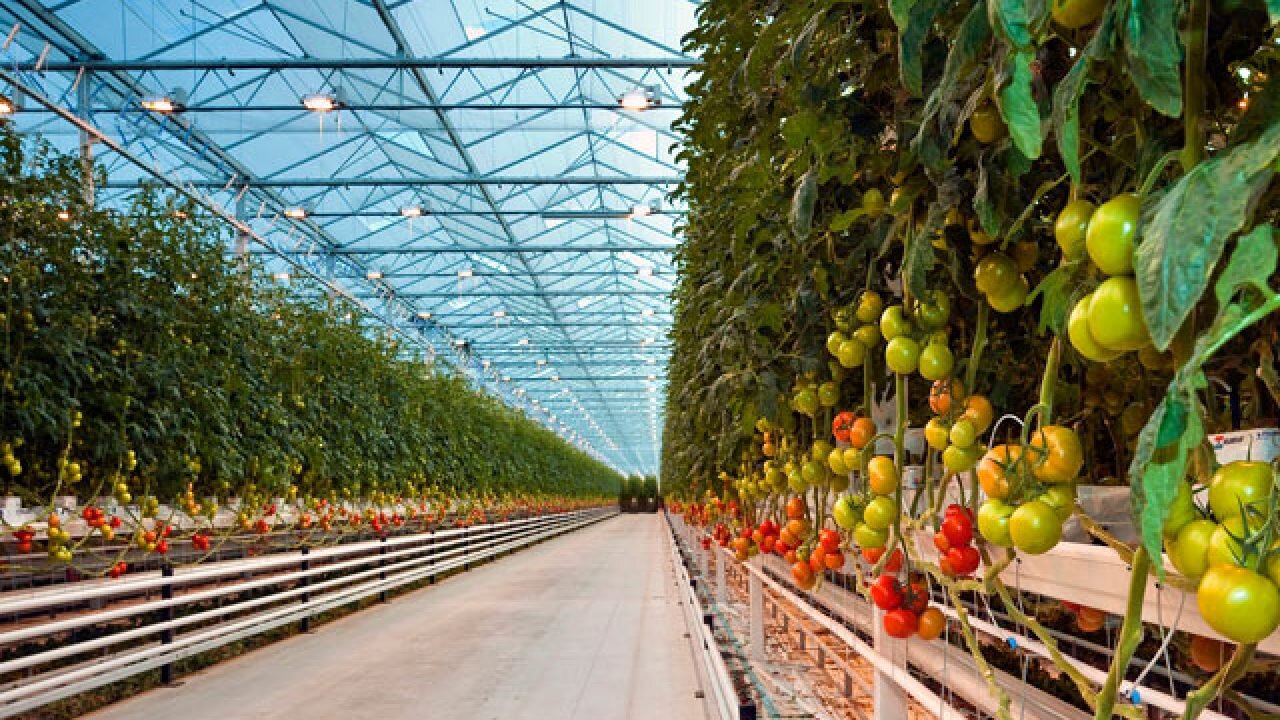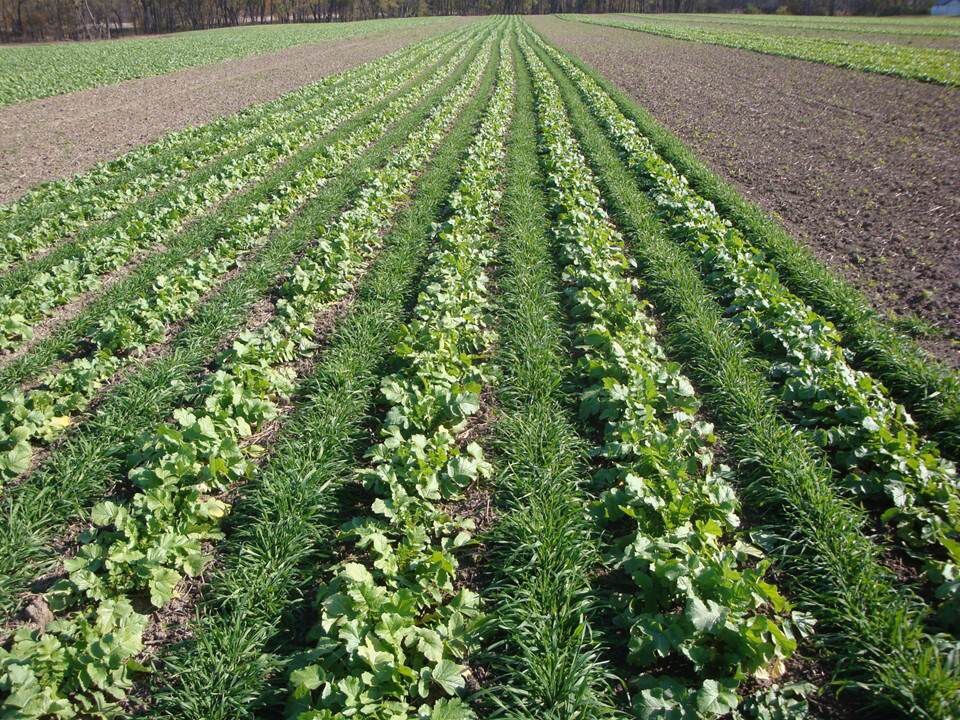How our farmers will save the planet
By 2050, we will have 9 billion people to feed.
As it stands, more of us are overeating than than starving.
An estimated 2 billion of us are overweight while another 800,000 million of us go hungry.
In the next 50 years we need to produce the same amount food we’ve produced over the last 8000 years.
At the frontline of this challenge are todays young farmers.
As we increase food production, we must remember that where our food is grown and distributed is equally the key to ending hunger.
The solution simply, we much achieve greater output with less input.
This will be the framework of sustainable farming.
Crops that give us higher yields whilst requiring less pesticides, less fertilisers, even less water.
If you read my last article you might remember that genetic modification can actually achieve all of these things to a degree.
But there are many other innovative ways agriculturists are coming up with to increase output and decrease input.
The experts in the Netherlands have achieved immense and impressive progress in this area.
Through a national effort to double production with half the natural recourses, they have become the worlds second biggest exporter of crops.
Their high-tech greenhouses funded by their government and designed by scientists have changed the possibilities of farming.
Using these greenhouses, you can produce 20 times more tomatoes per square foot of land, using only a quarter of the water than a traditional open field farm in Spain.
The Netherlands are also number one for chillies, cucumbers and green peppers.
The technology is astounding, they have tested LED lights in order to choose those that increase pest resistance.
They have developed small drones that circle the green house and kill moths that grow into crop eating caterpillars.
They are developing climate computers that automatically adjust the climate of the greenhouse according to the crops needs.
This will save light and water as only the minimum recourses the crop requires are used.
Aside from all of these high-tech glass facilities, the most important thing the world must do, is feed our soil so that it continues to feed us.
Nothing can replace our acres of land that have fed us for millennia. Our soils however have been exhausted.
As the world population has grown exponentially, the soil has grown more and more tired as we have overworked it.
Our soil sequesters our carbon dioxide from the atmosphere protecting us from global worming.
It filters our water.
It facilitates biodiversity.
It grows the plants that give us oxygen. The plants that we eat.
It feeds the animals that we eat.
There is also unimaginable medicinal value in naturally growing plants.
Essentially soil is the most indespensible natural recourse on the planet.
So how will we save it?
Firstly, by developing a deeper understanding and appreciation of our living soil and the biology of its health.
One of the components of soil health, as you my remember from GCSE biology, is the its uptake of nitrogen.
You may remember plants cannot access nitrogen from the atmosphere, but rely on the nitrogen cycle to bring usuable nitrogen to it.
Colonies of Nitrosomonas bacteria grow on the roots of plants. These bacteria oxidise atmospheric nitrogen into nitrates.
The soil is able to use nitrogen in this form.
The soil must trade carbon with the bacteria in exchange for the nitrogen.
Carbon is essentially the key here, the soil must be rich in carbon so that in can access nitrogen.
How do we fill the soil with carbon?
It has to be growing green plants.
A lot of farms grow soy beans and wheat from May to September. These crops aren’t replenishing the soil with carbon.
Farmers must consider growing ‘cover crops’ from October to April to fill in that gap and boost the soil with carbon.
Cover crops are incredibly valuable. They manage soil erosion, pests, they increase the biodiversity of the soil, control weed growth… the list goes on.
An example of cover crops being grown. Different crops being grown alongside each other increases the biodiversity of the soil ecosystem. This is called intercropping.
Cover crops are a way of mulching, mulching is covering exposed soil in organic or inorganic material and protecting it.
You can use materials to cover your exposed soil while growing different crops simultaneously.
Protecting your exposed soil in this way keeps the soil moist by decreasing soil evaporation.
It also controls soil temperature and is kind to the ecosystem.
Examples of mulch materials may be straw, grasses, manure or saw dust.
You can see exposed soil being covered here by straw, one of the most common mulching materials.
Back to intercropping, planting one type of crop very close to another in interchanging rows, it is another genius way of protecting your soil health and also your crops.
Many popular crops are part of the Brassica genus, these are leafy vegetables like Broccoli, Brussel sprouts, Cauliflower and Kale.
One very clever thing farmers can do to protect these crops and get a much bigger, healthier yield from their field, is to take advantage of intercropping.
If you plant buckwheat in the pathways between Brassica crops, the buckwheat grows flowers that attract parasitic wasps, these wasps feed on aphids which are the most threatening pest to the Brassica crops.
Bring in the wasps that eat the pests.
All the while the buckwheat is serving the ecosystem and filling the soil with additional carbon.
Genius.
If scientists, farmers and most importantly consumers, commit to protecting our land, there is no doubt that we will find thousands more solutions to our challenges.
I could really go on about soil and crops but I’ll end it there. Let me know if you want to know more.
Talk to me on instagram if you have any thoughts!





